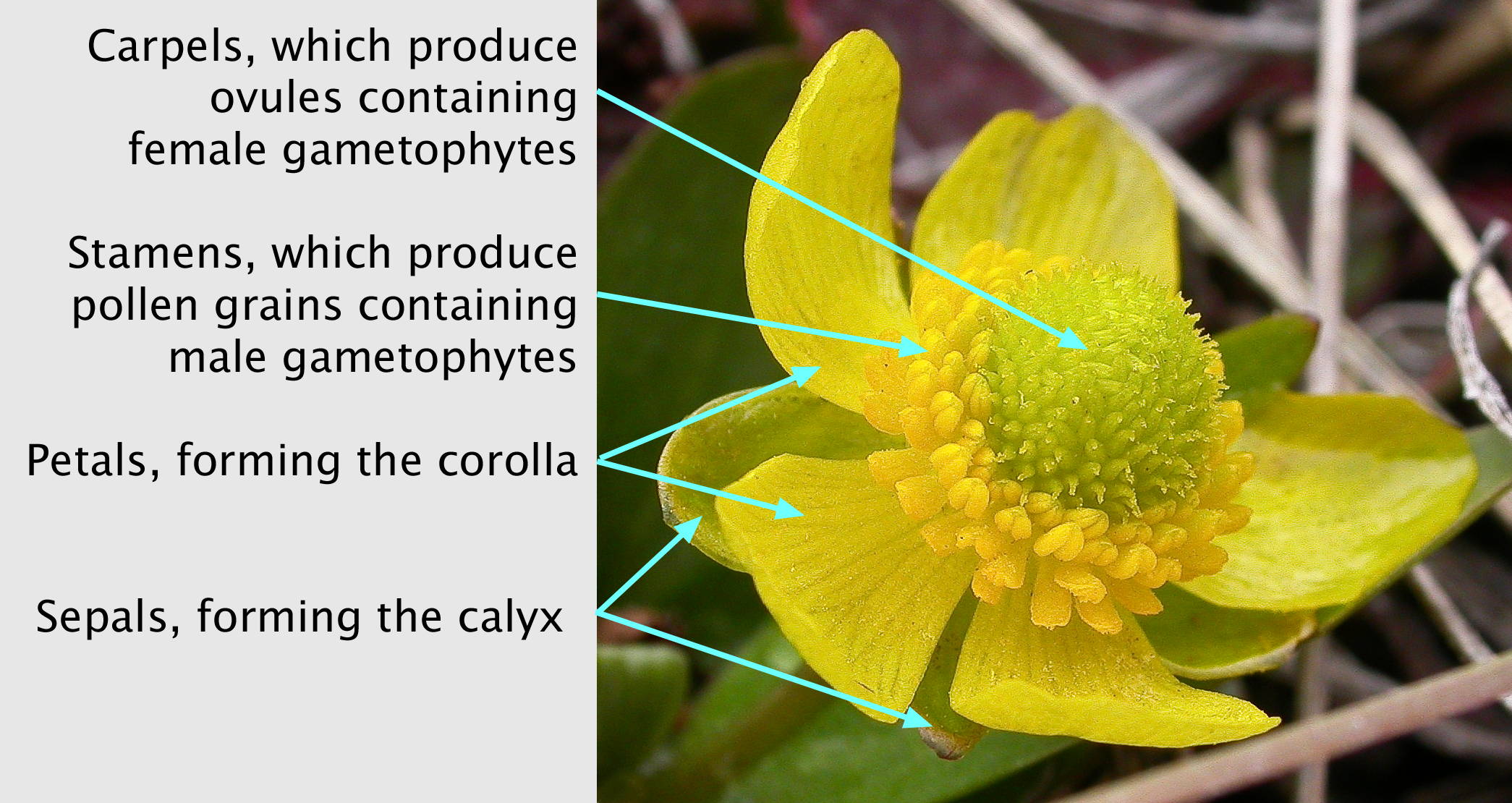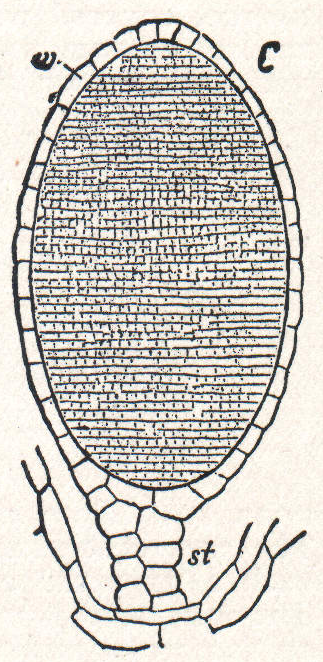|
Léon Guignard
Jean Louis Léon Guignard (13 April 1852 in Mont-sous-Vaudrey – 7 March 1928 in Paris) was a French pharmacist and botanist. In 1882 he received his doctorate of sciences in Paris, and afterwards served as a professor of botany at the Faculty of Sciences of Lyon. In 1887, he succeeded Gaspard Adolphe Chatin as chair of botany at the Ecole Supérieure de Pharmacie in Paris. From 1900 to 1910 he was dean to the faculty of pharmacy.Guignard, Léon Société d'Histoire de la Pharmacie In 1899 he was named president of the . He was also a member of the Société de biolo ... [...More Info...] [...Related Items...] OR: [Wikipedia] [Google] [Baidu] |
Mont-sous-Vaudrey
Mont-sous-Vaudrey () is a commune in the Jura department in Bourgogne-Franche-Comté in eastern France. Population Personalities Mont-sous-Vaudrey was the birthplace of Jules Grévy (1813-1891), President of the French Third Republic. See also * Communes of the Jura department The following is a list of the 492 communes of the Jura department of France. The communes cooperate in the following intercommunalities (as of 2025): References Communes of Jura (department) {{DoleFR-geo-stub ...[...More Info...] [...Related Items...] OR: [Wikipedia] [Google] [Baidu] |
Pierre Viala
Pierre Viala (24 September 1859 in Lavérune – 11 February 1936) was a French scientist. In 1901–1910 he and Victor Vermorel published '' Ampélographie. Traité général de viticulture'', a seven-volume ampelography of 3,200 pages describing 5,200 grape varieties. He has been honoured in the naming of 2 taxa of fungi; '' Vialaea'' by Pier Andrea Saccardo Pier Andrea Saccardo (23 April 1845 in Treviso, Province of Treviso, Treviso – 12 February 1920 in Padua, Italy, Padua) was an Italian botany, botanist and mycology, mycologist. His multi-volume ''Sylloge Fungorum'' was one of the first attempt ... in 1896 (Vialaeaceae family) ''Vialina'' by Mario Curzi in 1935, which is now a synonym of '' Phoma'' . References 1859 births 1936 deaths Democratic Republican Alliance politicians Members of the 12th Chamber of Deputies of the French Third Republic Members of Parliament for Hérault 19th-century French botanists 20th-century French botanists French vi ... [...More Info...] [...Related Items...] OR: [Wikipedia] [Google] [Baidu] |
Solanaceae
Solanaceae (), commonly known as the nightshades, is a family of flowering plants in the order Solanales. It contains approximately 2,700 species, several of which are used as agricultural crops, medicinal plants, and ornamental plants. Many members of the family have high alkaloid contents, making some highly toxic, but many—such as tomatoes, potatoes, eggplants, and peppers—are commonly used in food. Originating in South America, Solanaceae now inhabits every continent on Earth except Antarctica. After the K—Pg extinction event they rapidly diversified and have adapted to live in deserts, tundras, rainforests, plains, and highlands, and taken on wide range of forms including trees, vines, shrubs, and epiphytes. Nearly 80% of all nightshades are included in the subfamily Solanoideae, most of which are members of the type genus ''Solanum''. Most taxonomists recognize six other subfamilies: Cestroideae, Goetzeoideae, Nicotianoideae, Petunioideae, Schizanthoideae, an ... [...More Info...] [...Related Items...] OR: [Wikipedia] [Google] [Baidu] |
Buttercup
''Ranunculus'' is a large genus of about 1750 species of flowering plants in the family Ranunculaceae. Members of the genus are known as buttercups, spearworts and water crowfoots. The genus is distributed worldwide, primarily in temperate and montane regions. The familiar and widespread buttercup of gardens throughout Northern Europe (and introduced elsewhere) is the creeping buttercup '' Ranunculus repens'', which has extremely tough and tenacious roots. Two other species are also widespread, the bulbous buttercup '' Ranunculus bulbosus'' and the much taller meadow buttercup '' Ranunculus acris''. In ornamental gardens, all three are often regarded as weeds. Buttercups usually flower in the spring, but flowers may be found throughout the summer, especially where the plants are growing as opportunistic colonizers, as in the case of garden weeds. The water crowfoots (''Ranunculus'' subgenus ''Batrachium''), which grow in still or running water, are sometimes treated in a sep ... [...More Info...] [...Related Items...] OR: [Wikipedia] [Google] [Baidu] |
Antherozoid
An antheridium is a haploid structure or organ producing and containing male gametes (called ''antherozoids'' or sperm). The plural form is antheridia, and a structure containing one or more antheridia is called an androecium. The androecium is also the collective term for the stamens of flowering plants. Antheridia are present in the gametophyte phase of cryptogams like bryophytes and ferns. Many algae and some fungi, for example, ascomycetes and water moulds, also have antheridia during their reproductive stages. In gymnosperms and angiosperms, the male gametophytes have been reduced to pollen grains, and in most of these, the antheridia have been reduced to a single generative cell within the pollen grain. During pollination, this generative cell divides and gives rise to sperm cells. The female counterpart to the antheridium in cryptogams is the archegonium, and in flowering plants is the gynoecium. An antheridium typically consists of sterile cells and spermatogenous tissue ... [...More Info...] [...Related Items...] OR: [Wikipedia] [Google] [Baidu] |
Seed Coat
In botany, a seed is a plant structure containing an embryo and stored nutrients in a protective coat called a ''testa''. More generally, the term "seed" means anything that can be sown, which may include seed and husk or tuber. Seeds are the product of the ripened ovule, after the embryo sac is fertilized by sperm from pollen, forming a zygote. The embryo within a seed develops from the zygote and grows within the mother plant to a certain size before growth is halted. The formation of the seed is the defining part of the process of reproduction in seed plants (spermatophytes). Other plants such as ferns, mosses and liverworts, do not have seeds and use water-dependent means to propagate themselves. Seed plants now dominate biological niches on land, from forests to grasslands both in hot and cold climates. In the flowering plants, the ovary ripens into a fruit which contains the seed and serves to disseminate it. Many structures commonly referred to as "seeds" are actual ... [...More Info...] [...Related Items...] OR: [Wikipedia] [Google] [Baidu] |
Laminariaceae
Laminariaceae is a Family (biology), family of brown algal seaweeds, many genera of which are popularly called "kelp". The table indicates the genera within this family. Guiry, M.D. & Guiry, G.M. (2006). AlgaeBase version 4.2. World-wide electronic publication, National University of Ireland, Galway. http://www.algaebase.org''Laminariaceae''genera retrieved December 19, 2009. The family includes the largest known seaweeds: ''Nereocystis'' and ''Macrocystis''.van den Hoek, C., Mann, D.G. and Jahns, H.M. 1995. Algae An Introduction to Phycology'. University of Cambridge. References Further reading External links Laminariaceae, Brown algae families {{Phaeophyceae-stub ...[...More Info...] [...Related Items...] OR: [Wikipedia] [Google] [Baidu] |
Orchid
Orchids are plants that belong to the family Orchidaceae (), a diverse and widespread group of flowering plants with blooms that are often colourful and fragrant. Orchids are cosmopolitan plants that are found in almost every habitat on Earth except glaciers. The world's richest diversity of orchid genera and species is in the tropics. Orchidaceae is one of the two largest families of flowering plants, the other being the Asteraceae. It contains about 28,000 currently accepted species in 702 genera. The Orchidaceae family encompasses about 6–11% of all species of seed plants. The largest genera are '' Bulbophyllum'' (2,000 species), '' Epidendrum'' (1,500 species), '' Dendrobium'' (1,400 species) and '' Pleurothallis'' (1,000 species). It also includes '' Vanilla'' (the genus of the vanilla plant), the type genus '' Orchis'', and many commonly cultivated plants such as '' Phalaenopsis'' and '' Cattleya''. Moreover, since the introduction of tropical species into cu ... [...More Info...] [...Related Items...] OR: [Wikipedia] [Google] [Baidu] |
Cell Nucleus
The cell nucleus (; : nuclei) is a membrane-bound organelle found in eukaryote, eukaryotic cell (biology), cells. Eukaryotic cells usually have a single nucleus, but a few cell types, such as mammalian red blood cells, have #Anucleated_cells, no nuclei, and a few others including osteoclasts have Multinucleate, many. The main structures making up the nucleus are the nuclear envelope, a double membrane that encloses the entire organelle and isolates its contents from the cellular cytoplasm; and the nuclear matrix, a network within the nucleus that adds mechanical support. The cell nucleus contains nearly all of the cell's genome. Nuclear DNA is often organized into multiple chromosomes – long strands of DNA dotted with various proteins, such as histones, that protect and organize the DNA. The genes within these chromosomes are Nuclear organization, structured in such a way to promote cell function. The nucleus maintains the integrity of genes and controls the activities of the ... [...More Info...] [...Related Items...] OR: [Wikipedia] [Google] [Baidu] |
Angiosperm
Flowering plants are plants that bear flowers and fruits, and form the clade Angiospermae (). The term angiosperm is derived from the Greek words (; 'container, vessel') and (; 'seed'), meaning that the seeds are enclosed within a fruit. The group was formerly called Magnoliophyta. Angiosperms are by far the most diverse group of land plants with 64 orders, 416 families, approximately 13,000 known genera and 300,000 known species. They include all forbs (flowering plants without a woody stem), grasses and grass-like plants, a vast majority of broad-leaved trees, shrubs and vines, and most aquatic plants. Angiosperms are distinguished from the other major seed plant clade, the gymnosperms, by having flowers, xylem consisting of vessel elements instead of tracheids, endosperm within their seeds, and fruits that completely envelop the seeds. The ancestors of flowering plants diverged from the common ancestor of all living gymnosperms before the end of the ... [...More Info...] [...Related Items...] OR: [Wikipedia] [Google] [Baidu] |
Embryology
Embryology (from Ancient Greek, Greek ἔμβρυον, ''embryon'', "the unborn, embryo"; and -λογία, ''-logy, -logia'') is the branch of animal biology that studies the Prenatal development (biology), prenatal development of gametes (sex cells), fertilization, and development of embryos and fetuses. Additionally, embryology encompasses the study of congenital disorders that occur before birth, known as teratology. Early embryology was proposed by Marcello Malpighi, and known as preformationism, the theory that organisms develop from pre-existing miniature versions of themselves. Aristotle proposed the theory that is now accepted, Epigenesis (biology), epigenesis. Epigenesis (biology), Epigenesis is the idea that organisms develop from seed or egg in a sequence of steps. Modern embryology developed from the work of Karl Ernst von Baer, though accurate observations had been made in Italy by anatomists such as Aldrovandi and Leonardo da Vinci in the Renaissance. Comparative ... [...More Info...] [...Related Items...] OR: [Wikipedia] [Google] [Baidu] |
Botryosphaeriaceae
The Botryosphaeriaceae are a family of sac fungi (Ascomycetes), which is the type representative of the order Botryosphaeriales. According to a 2008 estimate, the family contains 26 genera and over 1500 species. Members of this order include notable plant pathogens. Genera This is a list of the genera in the Botryosphaeriaceae, based on a 2022 review and summary of fungal classification by Wijayawardene and colleagues. Following the genus name is the taxonomic authority In biology, taxonomy () is the scientific study of naming, defining ( circumscribing) and classifying groups of biological organisms based on shared characteristics. Organisms are grouped into taxa (singular: taxon), and these groups are given ... (those who first circumscribed the genus; standardized author abbreviations are used), year of publication, and the number of species: *'' Alanphillipsia'' – 5 spp. *'' Barriopsis'' – 5 spp. *'' Botryobambusa'' – 2 spp. *'' Botryosphaeria'' – 9 spp. *' ... [...More Info...] [...Related Items...] OR: [Wikipedia] [Google] [Baidu] |






